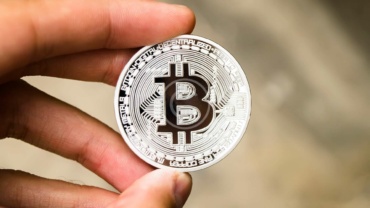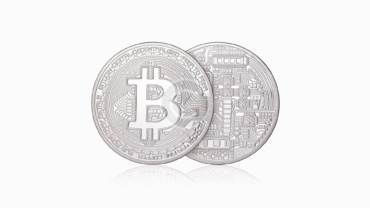There are no strict barriers to entry or halts in the world of cryptocurrency mining, which keeps growing day in and day out. For this process, devices do not have to be stationary; however, this work requires placing elements within the blockchain for verification purposes. Delving deep into the heart of mining to understand its very important role in the world of digital finance.
What is Mining?
Mining is the process of validation and relaying transactions in the public domain. It is generally a process that has been used in the development of cryptocurrencies like Bitcoin and Ethereum. Miners, individual and company miners, make use of extremely advanced equipment to solve complex mathematical problems.
The Mining Process
With every cryptocurrency transaction, confirmation is needed with a waiting list for its verification to check on its validity, and also to avoid double spending. Miners race to solve cryptographic puzzles attached to each block; therefore, confirming said block.
The instant some wheels start turning and the miners get focused on finding the solution, the first to crack the puzzle broadcasts the solution on the entire network. This simply cements small rewards in the miner’s account. Blocks are verified and confirmed in a sequential manner thus guaranteeing the processes to take place overnight.
Reward for Mining
Mining comes with its share of rewards: miners get freshly baked coins of the particular cryptocurrency they are mining as a reward for the computation work, in addition to the fees of said transaction. This in turn would tie your transmissions to your computational unit.
For instance, the Bitcoin mining network is designed in such a way that its miners are rewarded with a certain number of Bitcoins for every block that successfully gets mined. In this way, the block reward acts as an incentive that encourages miners to make sure that more resources are thrown at the network to keep it running.
Network Security
Further from incentivization, mining ensures network security and aspects of decentralization. The fact that mining is decentralized ensures that the integrity of the network is intact.
By actively participating in the mining process, miners contribute collectively to make the network more resistant to a variety of potential attacks, including but not limited to double-spending and tampering with the blockchain. In essence, this consensus mechanism is the heart of trustless blockchain technology.
Conclusion
Cryptocurrency mining is an inherent part of blockchain networks, which allows validation of transactions and gives security to the network. The miner verifies new transactions of the digital currency by using high-powered computing resources.
As the cryptocurrency ecosystem increases, mining has remained one of the vital cogs in digital finance and transaction activities. A comprehension of the mining nuances creates deep insight into the inner operations of blockchain networks in developing financial paradigms.





